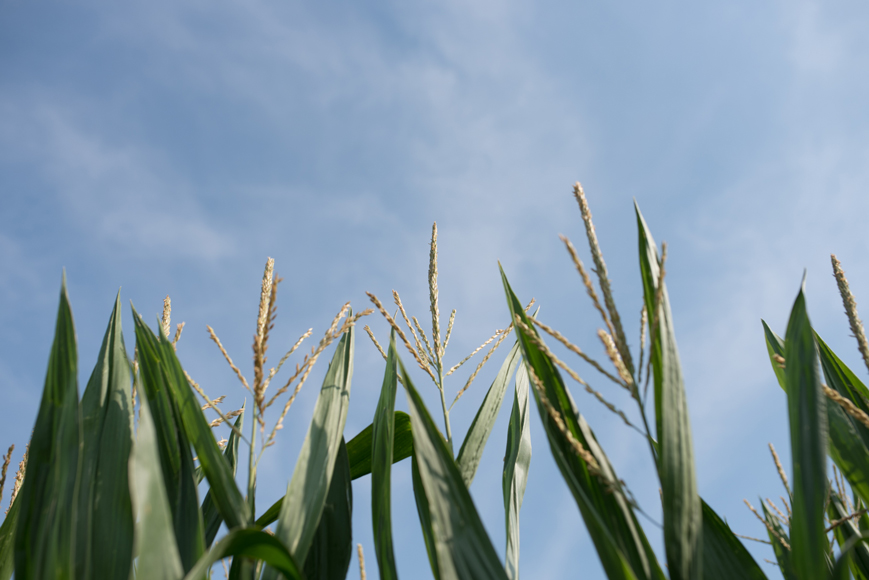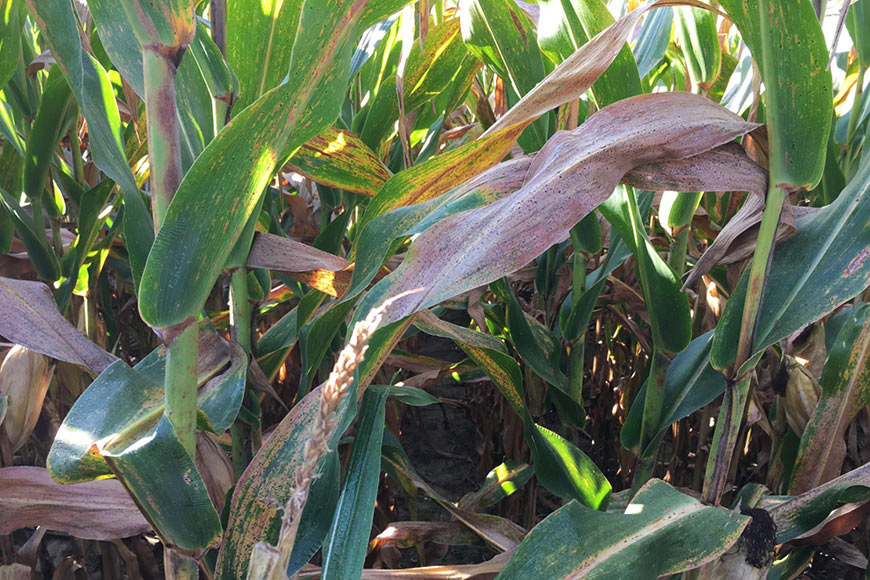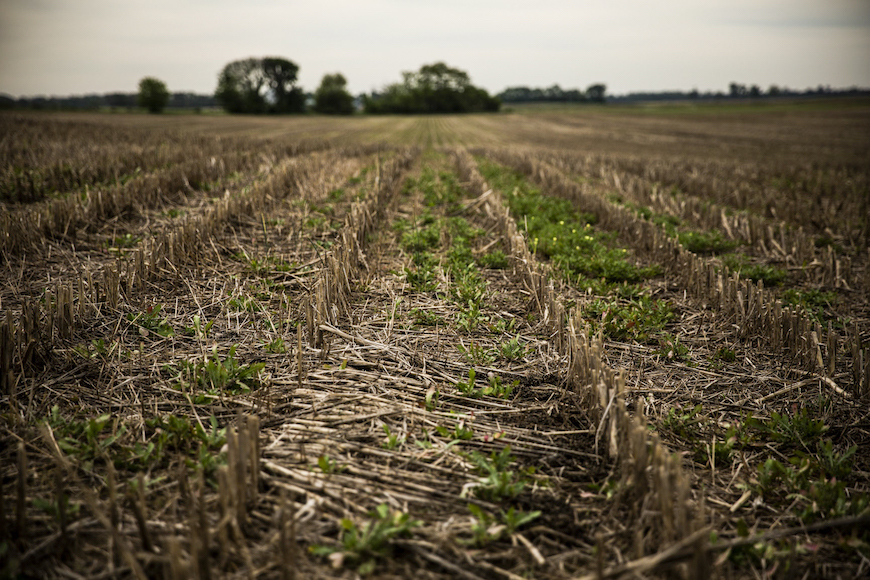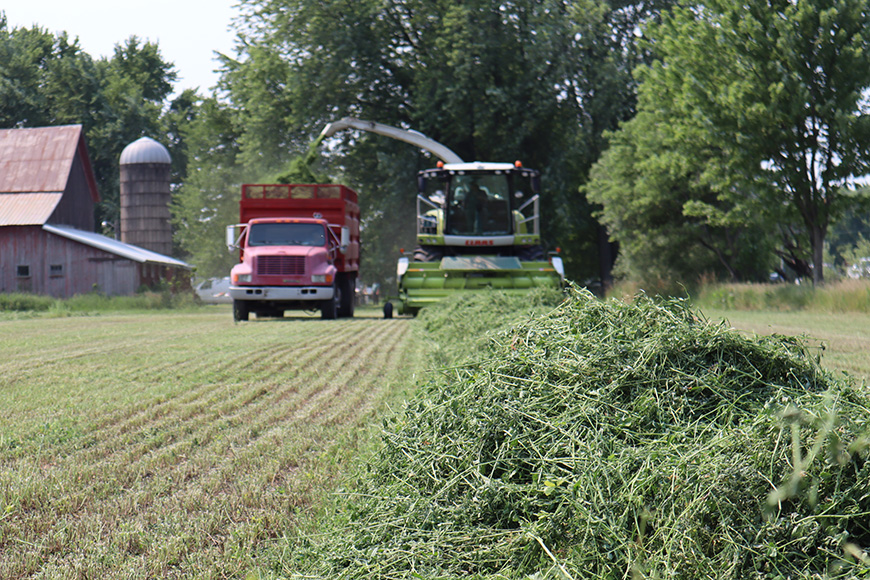Use Response-To Fungicide Scores to Make Data-Based Decisions

Whether selecting which hybrids to plant or determining which fields to spray with fungicide, use response-to fungicide (RTF) scores to help inform your decisions. RTF scores can help you make tailored, hybrid-specific choices based on years of reliable yield data.
The Value of RTF Scores
RTF scores are based on randomized, replicated research trials conducted at WinField United Answer Plot® locations where more than 200 hybrids are tested each year, including every hybrid in the CROPLAN® lineup as well as many in our partners’ lineups and even those of competitors. Each hybrid is managed two different ways: one group receives a fungicide application and one does not. Then, yield data of the two groups is compared to delineate the exact difference between treated and non-treated acres.
This yield data allows us to determine how a hybrid responds to fungicide, which determines its score. Unlike typical disease ratings that are widely available and largely anecdotal, RTF scores are based on reliable yield data. They can be considered on their own to make specific decisions or can be considered alongside other response-to scores, such as response-to population and response-to nitrogen for a more comprehensive plan of attack.
Enhance Hybrid Decisions With RTF Scores
RTF scores can be a helpful factor to consider when making hybrid selections for next season. For example, if you’re planning to have some non-rotated acres, you know they’ll be facing more disease pressure. In those instances, it’s recommended to select hybrids with lower RTF scores because it indicates more natural disease tolerance. If you don’t, be sure to account for higher fungicide costs in your budget.
Using RTF Scores In-Season
RTF scores not only help you determine which acres to spray, they can also help you determine which fungicides to choose. Multiple fungicides are sprayed each year at Answer Plot locations to evaluate their performance. One of the questions I get most often from growers is which fungicide to spray: a premium or standard product? That’s when I turn to RTF scores.
Hybrids with high RTF scores respond greatly to a fungicide application, which means you’re likely to see a satisfactory return if you treat those acres, so it’s a good idea to invest in a premium product. Those with low to medium RTF scores will likely result in a smaller yield advantage, so you can get away with a lower cost option.
Maximize Performance With MasterLock
Once you’ve decided to make an application and have chosen your product, it’s important to ensure the spray droplet will reach the target and get the job done. MasterLock® adjuvant is a drift and deposition aid that’s been proven to increase corn yields by an average of 5.7 bushels/acre when tank mixed with a fungicide.1 Especially when making aerial applications, it’s critical to do everything possible to get the spray to the ear leaf.
RTF scores are a reliable, helpful tool to use. To learn the RTF scores of your hybrids and discuss potential strategies, talk with your local WinField United retailer.
1 WinField United, 14 studies, 8 states, all fungicides, 2012–2017. Compared to a fungicide application with no MasterLock added.
All photos are either the property of WinField United or used with permission.
© 2023 WinField United. Important: Before use always read and follow label instructions. Crop performance is dependent on several factors many of which are beyond the control of WinField United, including without limitation, soil type, pest pressures, agronomic practices and weather conditions. Growers are encouraged to consider data from multiple locations, over multiple years and to be mindful of how such agronomic conditions could impact results. Answer Plot, CROPLAN, MasterLock and WinField are trademarks of WinField United. All other trademarks are the property of their respective owners.





